Insider Secrets That Supercharge Experiential Marketing ROI
Proving experiential marketing ROI (return on investment) can feel like catching smoke. You’ve created, planned, and executed an unforgettable experience, but now it's time to show it was worth the investment. While attendance numbers are helpful, they don’t tell the full story. For best results, a solid strategy to measure and define successful ROI should be baked in from the very beginning.
First, set clear goals and key performance indicators (KPIs) before you begin. Imagine what success looks like for your campaign. Are you aiming for higher brand awareness, more engagement, increased leads, press coverage, or a bump in sales? Defining these targets helps define what needs to be measured and prioritize KPIs.
Collect both quantitative and qualitative data. Numbers can tell you how many attended and participated in the activation, the number of leads generated, social media engagements, or even direct sales. But don’t overlook the power of stories. Customer feedback, brand sentiment, and media mentions can provide deeper insights. Combining these data types paints a full picture of your campaign’s impact.
Incorporate the right tech tools for advanced tracking capabilities. Event management software, RFID wristbands, mobile apps, and interactive kiosks can track attendee participation, movements, and interactions in real-time. Understanding traffic flow, dwell time, and which activities keep people engaged the longest can be indicators to refine and optimize engagement. New AI tools are quickly improving how we can better understand participant behavior, allowing us to more easily guide them toward the actions and activities we want. Integrating these tools with your existing CRM can help organize and prioritize data, making it easier to demonstrate the financial impact of the activation.
And let’s not forget social media. It’s a goldmine for monitoring engagement and boosting reach beyond the event footprint. Create authentic, share-worthy opportunities and encourage attendees to post their experiences online using a custom hashtag that can be tracked across different sites. At the same time, take advantage of the visual environment and participant excitement to capture and generate quality branded content as well. Both will help increase your campaign’s visibility and provide additional metrics to measure success.
Keep in mind that earning strong ROI is not a one-and-done task. Regularly review your KPIs and adjust your strategies based on the data collected vs results achieved. Create clear goals and objectives, then collect the appropriate quantitative and qualitative data to help justify your budget and improve future campaigns for better results.
Proving successful ROI in experiential marketing can feel daunting, but with a well-thought-out approach, it’s totally doable. And hey, you might even sleep better knowing you’ve got the right numbers to back up your hard work. If you’d like help designing and implementing an ROI strategy that works, we’d love to help. Send us a note here, and let’s create something unique to your brand and goals.

